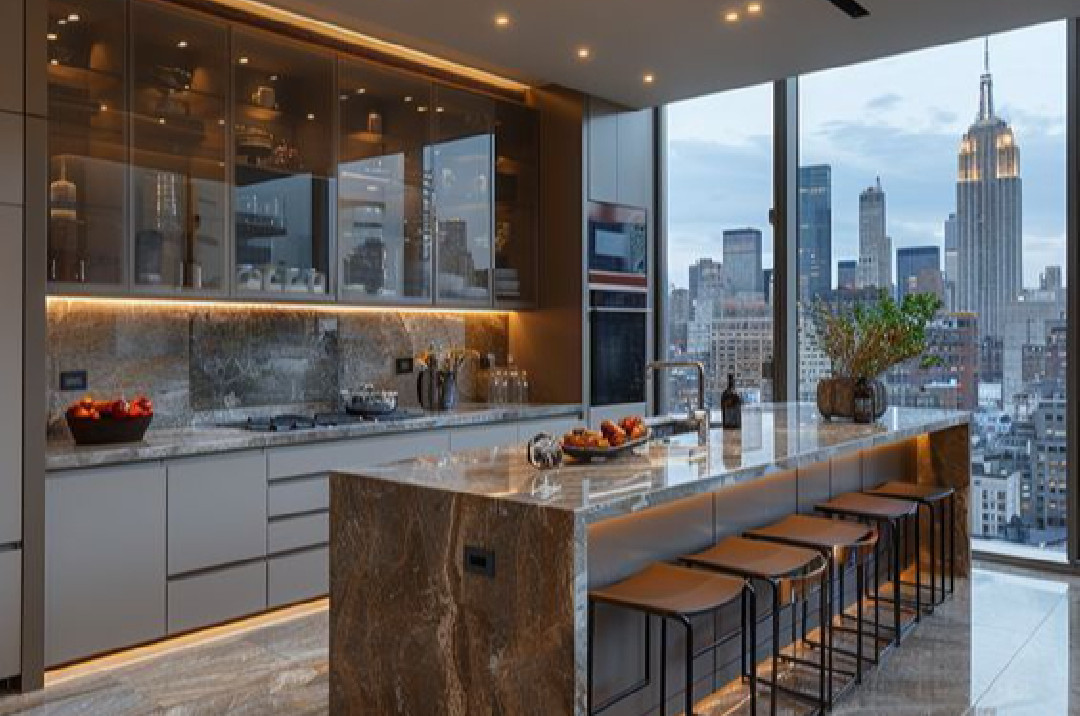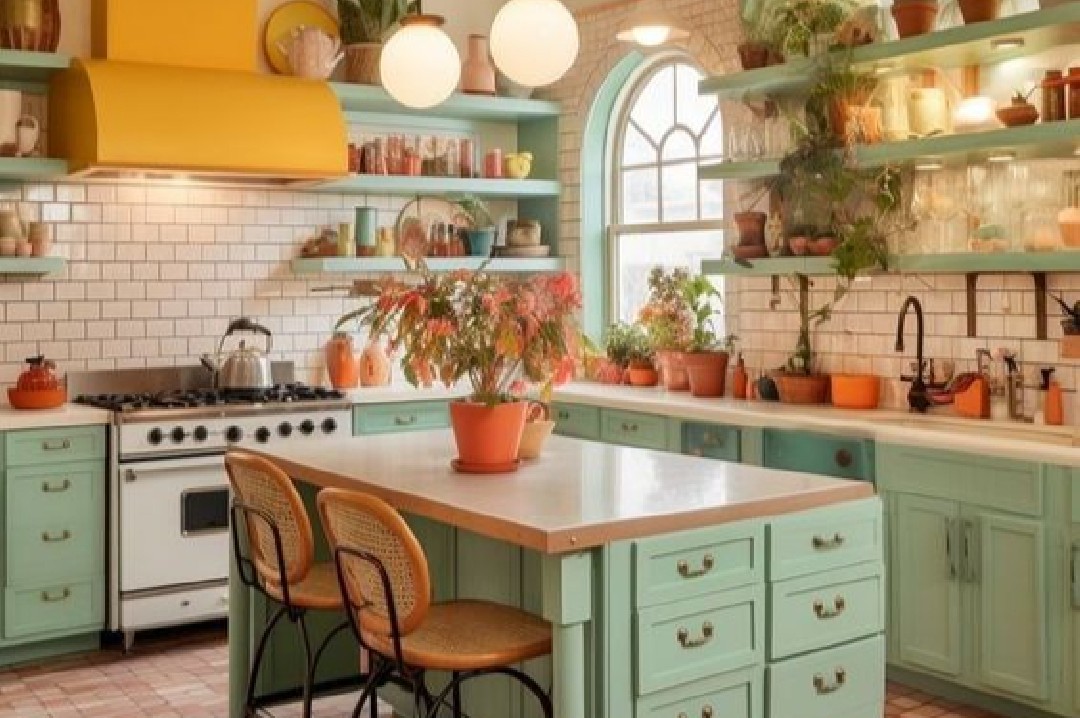6 Most Influential Japanese Kitchen Design Trends in the World
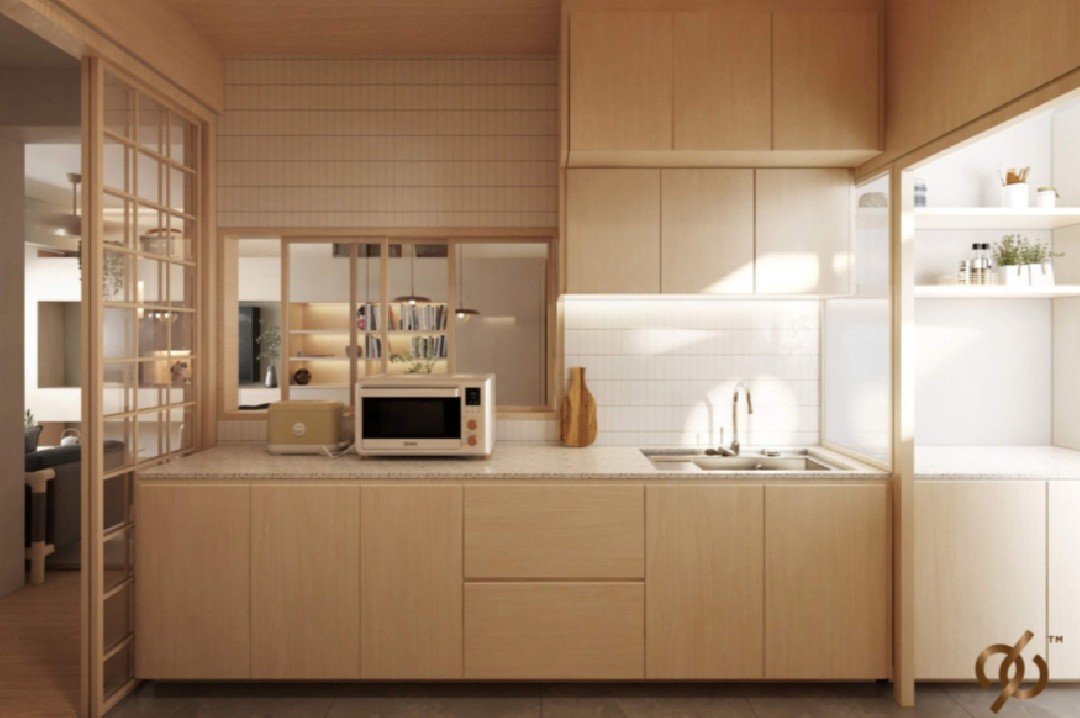
Japanese interiors typically have a minimalist design. The balance between simplicity, refinement, and natural elements is fundamental to Japanese kitchens.
Houses in Japan undergo renovations every few decades, but this never changes the core minimalism. The simplicity that evokes envy and the harmony of Japanese homes have spread worldwide.
Here is evidence of Japanese kitchen design trends influencing interior design around the world.
1. Wood and Natural Colors
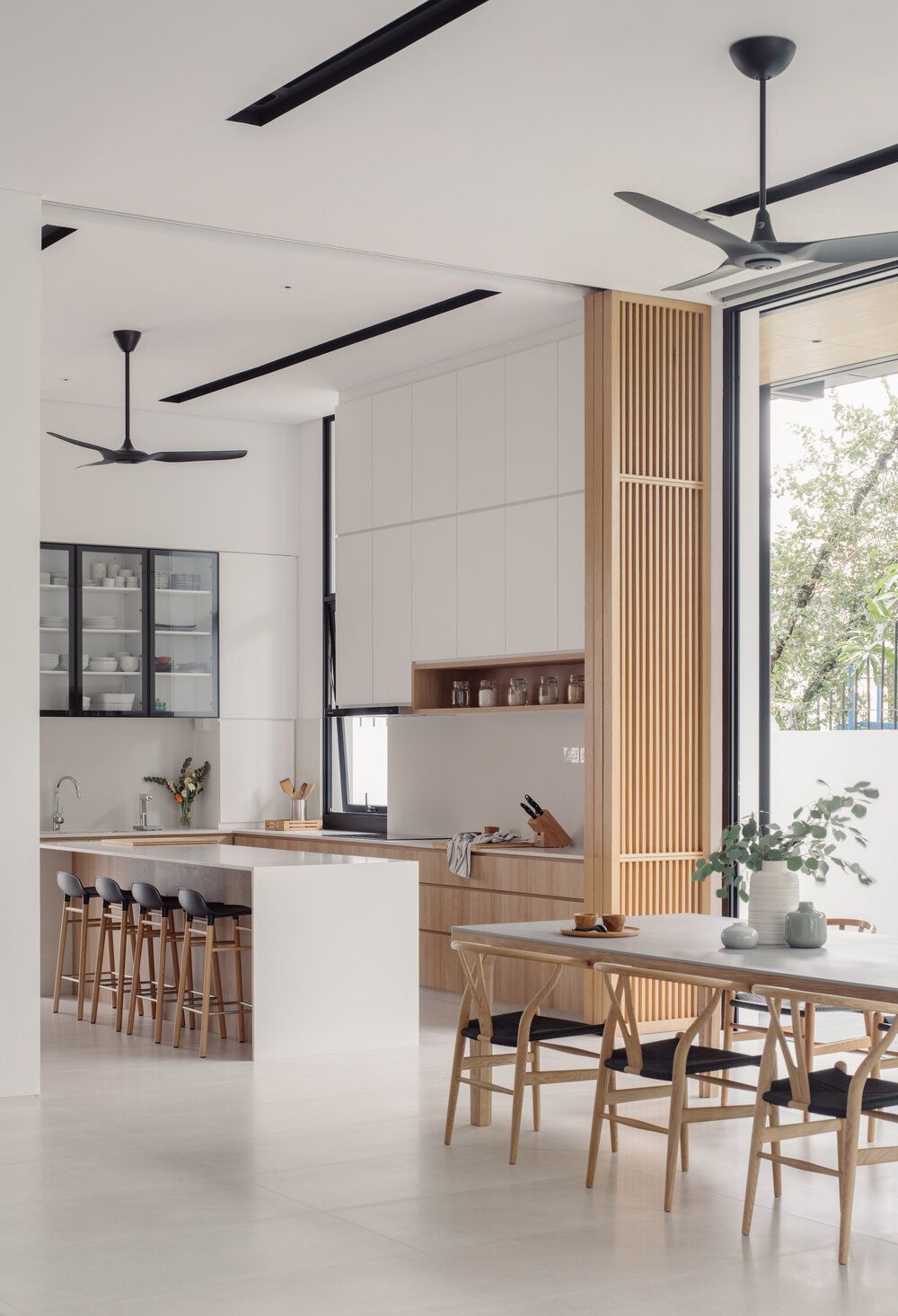
Japanese interior and exterior designs are always associated with the use of wood, primarily lightweight woods like pine with visible wood grain.
Contemporary kitchens also rely on natural materials but can incorporate steel, concrete, and stone among others. However, the color palette remains neutral with white, brown, gray, and black.
2. Integrated Living
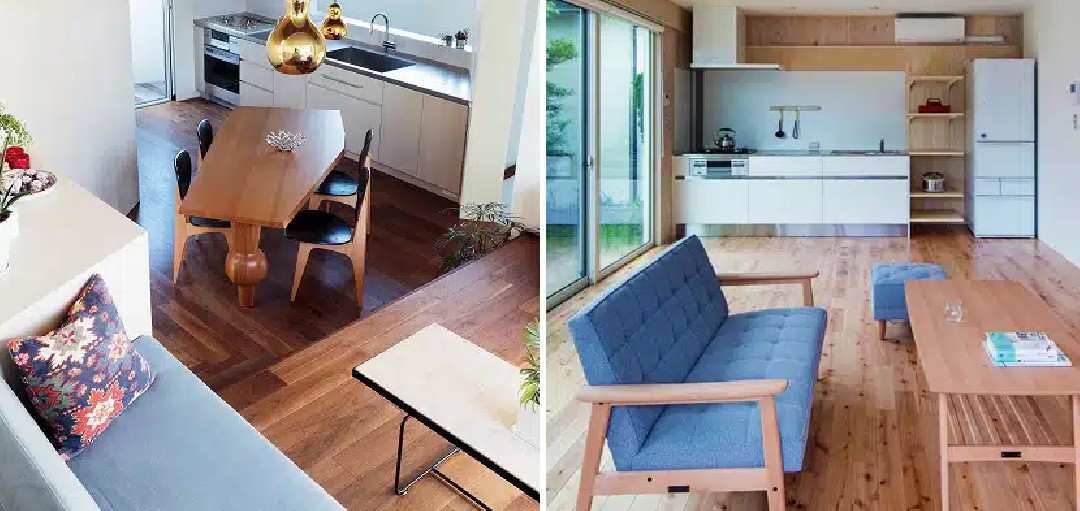
Japan has a culture of renovating every 30 years, meaning rebuilding the entire house, leaving only the original structure before it reaches 30 years of age.
Architects prioritize natural airflow in their designs, creating open spaces with minimal furniture. Homes are generally compact with multiple levels, promoting an open lifestyle. However, permanent features like walls can obstruct movement and comfort in multi-level homes. Therefore, thin shoji screens are used as adjustable room dividers.
3. Small Kitchens, Small Appliances
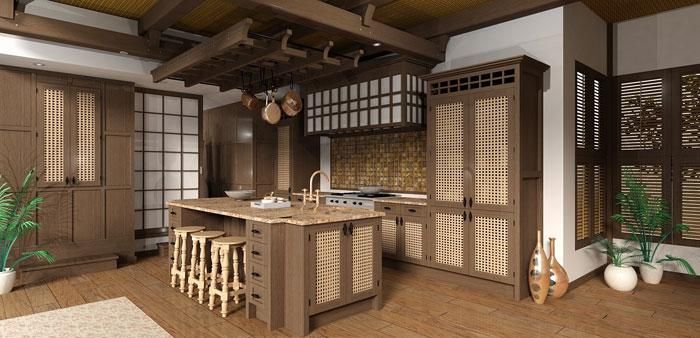
The average Japanese home has an area of 121.7 square meters with the kitchen as a small portion. The function of Japanese kitchens differs from Western-style kitchens due to tradition. Japanese people separate social life from home life, eliminating the need for large entertaining kitchens. Compact kitchens, especially in micro homes, require small appliances like two-burner stoves and fish grills. Ovens and integrated dishwashers are rare, but convection microwaves are small in size. Sink areas are much larger than other utilities.
4. Hidden Workstations
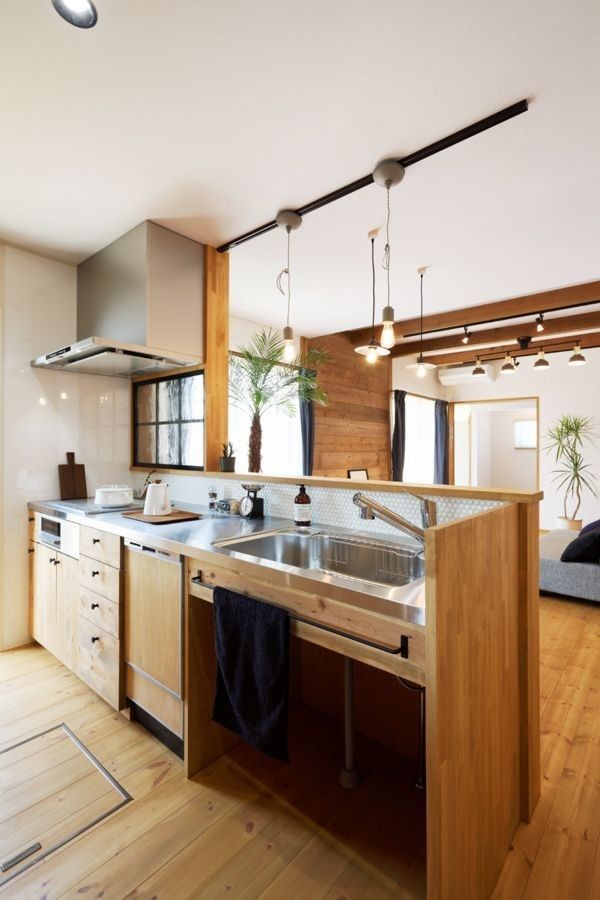
Some kitchen workstations have partitions within open layouts to conceal preparation and cooking areas, creating a tidy appearance. The kanso principle emphasizes that a clutter-free home allows mental clarity to focus on what's important.
5. The Minimum of Minimalism

Due to the need for simplicity and serenity, non-essential decorations become less relevant. Its naturalness is reflected in home designs with the "ideal aesthetic of emptiness" principle. Although kitchens sometimes have an unfinished and industrial look due to their minimalist nature, there is symbolism in this design, indicating that imperfection is an integral part of life and brings balance to aesthetics.
6. Floating Shelves

Upper cabinets in Japanese-style kitchens are rarely used because they prefer the simplicity of open shelves. Kitchens generally have one or two floating shelves on one wall, arranged naturally with cups and plates. These shelves are free from clutter and bold decorations.



